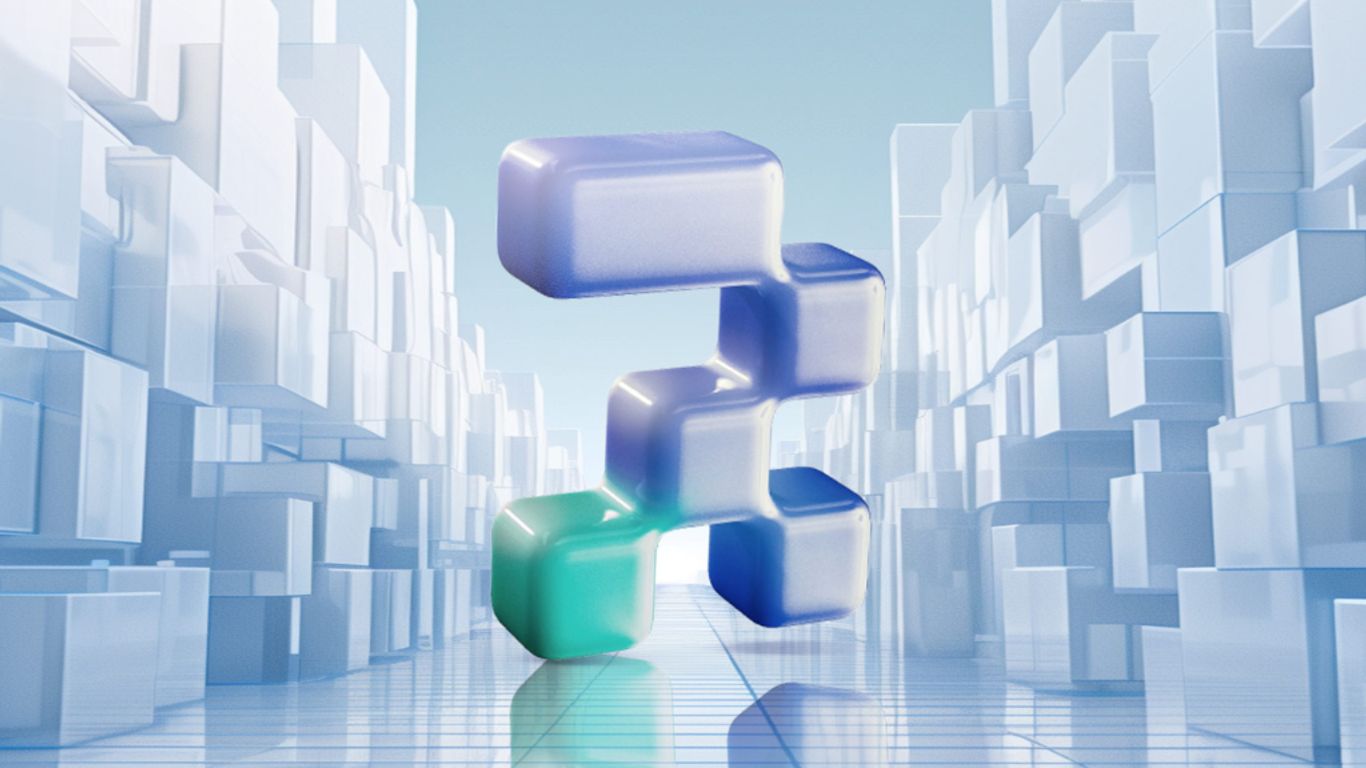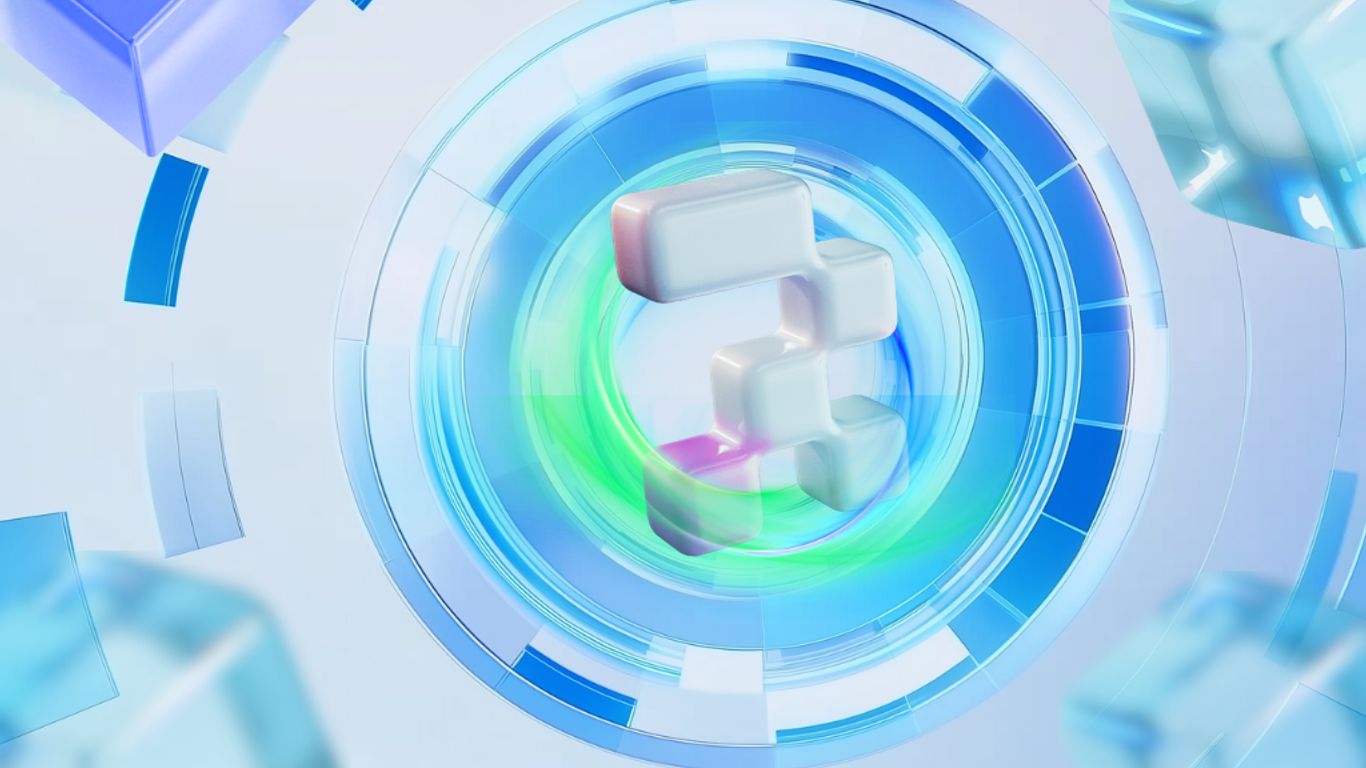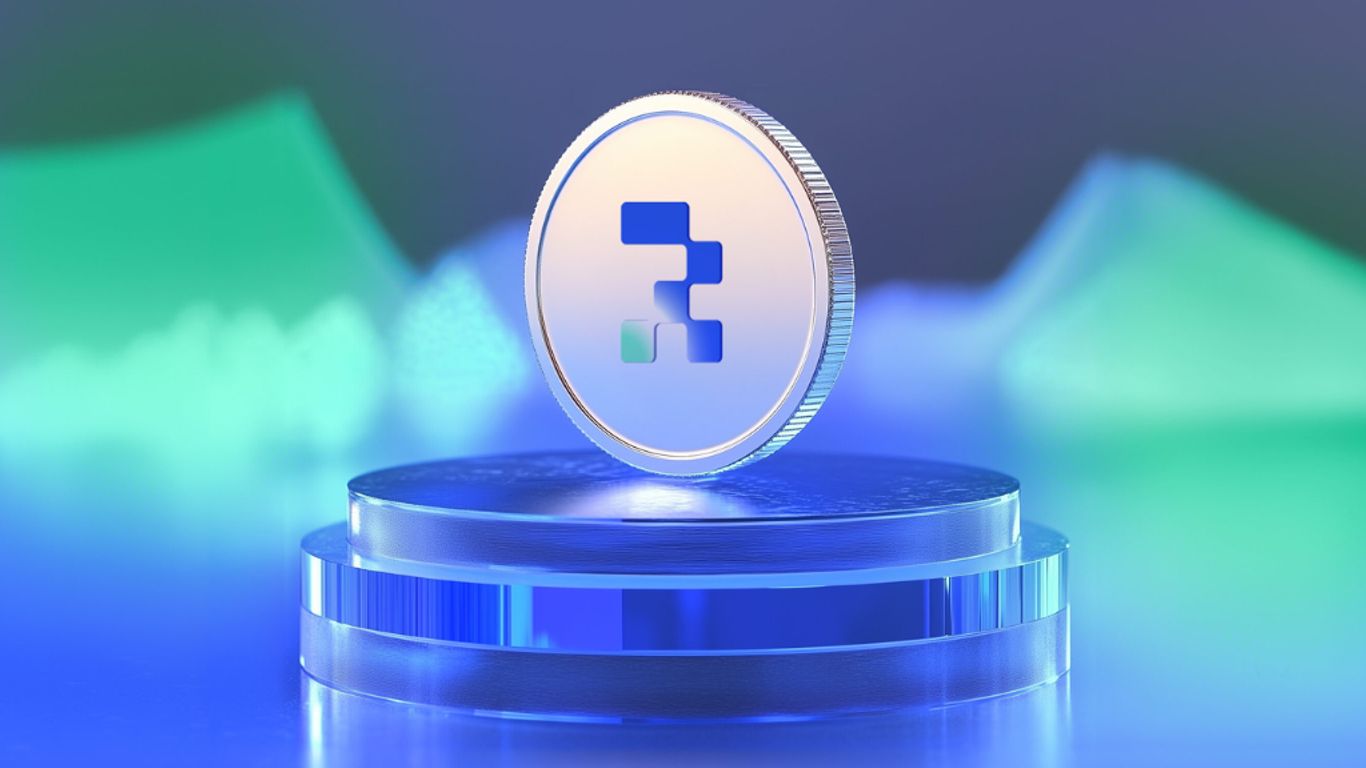The world of finance is undergoing a major transformation, thanks to tokenization. This process allows real-world assets to be converted into digital tokens, making them easier to buy, sell, and manage. By bridging traditional finance with decentralized finance (DeFi), tokenized yield-bearing assets are reshaping how we think about investments and financial opportunities. This article explores the various ways in which tokenization is changing the landscape of finance, making it more accessible and efficient for everyone.
Key Takeaways
- Tokenization makes it easier to invest in real-world assets by converting them into digital tokens.
- More people can invest in private equity, opening doors for both investors and companies seeking funding.
- DeFi platforms allow users to lend and borrow using tokenized assets without needing a bank.
- Yield farming with tokenized assets can lead to higher returns and better portfolio diversity.
- Tokenization is expected to grow, making financial markets more inclusive and innovative.
The Rise of Tokenized Infrastructure Assets
Understanding Tokenized Infrastructure Assets
Tokenized infrastructure assets are digital representations of physical assets on a blockchain. This innovation allows for easier trading and ownership transfer. By converting real-world assets into tokens, investors can buy fractions of these assets, making investments more accessible.
Historical Context and Evolution
The concept of tokenization has evolved significantly over the years. Initially, it was limited to cryptocurrencies, but now it encompasses various asset classes. The rise of blockchain technology has paved the way for tokenized assets, enabling faster transactions and greater transparency.
Key Players in the Market
Several companies are leading the charge in tokenizing infrastructure assets. Notable players include:
- Securitize: Partnered with Blackrock to create innovative fund products.
- Moniflo: Focuses on sustainability funds, making them accessible to retail investors.
- ABN Amro: Exploring blockchain for traditional assets, enhancing safety and scalability.
Tokenization is revolutionizing finance by making private equity and decentralized finance (DeFi) more accessible. It bridges traditional finance with DeFi, enabling decentralized lending, borrowing, and yield farming. This integration enhances liquidity and utility, allowing for innovative financial products. The trend signifies a transformative shift in how financial assets are perceived and utilized, promising a bright future for investors and institutions alike.
How Tokenized Assets Are Transforming Private Equity
Increased Accessibility for Investors
Tokenization is changing the game for private equity. By converting ownership into digital tokens, more people can invest in private companies. This means that investing is no longer just for the wealthy. Now, a wider range of investors can participate, opening up new opportunities for both sides.
Streamlined Funding Processes
Tokenized assets make it easier for companies to raise funds. Here are some key benefits:
- Faster transactions: Digital tokens can be traded quickly, reducing the time it takes to complete deals.
- Lower costs: Tokenization cuts down on fees and paperwork, making the process cheaper for everyone involved.
- Greater transparency: Blockchain technology ensures that all transactions are secure and visible, building trust among investors.
Case Studies of Successful Implementations
Several companies are already seeing the benefits of tokenization in private equity. For example:
- RWA.io has made investments more accessible and efficient, allowing institutional investors to engage with tokenized assets.
- DigitalX has launched funds that allow fractional ownership of properties, making real estate investment easier for everyday investors.
Tokenization is not just a trend; it's a revolution that's making various industries more accessible and efficient.
In summary, tokenized assets are reshaping private equity by making it easier for more people to invest, streamlining funding processes, and providing real-world examples of success. The future looks bright for this innovative approach to investing.
The Role of DeFi in Real-World Asset Tokenization
Bridging Traditional Finance and DeFi
Real-world asset (RWA) tokenization acts as a bridge between traditional finance and decentralized finance (DeFi). This connection opens up new opportunities for both sectors, allowing for more efficient transactions and broader access to financial services.
Benefits for Both Sectors
- Increased Liquidity: Tokenized assets can be traded 24/7, enhancing market liquidity.
- Accessibility: More people can participate in financial markets without needing a traditional bank account.
- Streamlined Processes: Transactions become faster and cheaper, benefiting all users.
Challenges and Solutions
While the integration of RWAs into DeFi presents exciting opportunities, it also comes with challenges:
- Regulatory Compliance: Ensuring that tokenized assets meet legal standards is crucial.
- Security Risks: Protecting against hacks and fraud is essential for user trust.
- Market Volatility: Managing the risks associated with price fluctuations is necessary for stability.
The fusion of RWA tokenization with DeFi is not just a trend; it's a revolution in how we perceive and interact with financial assets. The possibilities are endless, and the future is bright.
Decentralized Lending and Borrowing with Tokenized Assets
How It Works
Decentralized lending and borrowing allow users to lend or borrow assets without traditional banks. Instead, they use smart contracts on the blockchain. Here’s how it works:
- Lenders provide their assets to a lending platform.
- Borrowers request loans by offering collateral, often in the form of tokenized assets.
- Smart contracts automatically manage the terms, ensuring that both parties meet their obligations.
Advantages Over Traditional Lending
Decentralized lending has several benefits compared to traditional methods:
- Lower Fees: Without banks as middlemen, transaction costs are reduced.
- Faster Transactions: Loans can be processed almost instantly.
- Global Access: Anyone with an internet connection can participate, regardless of location.
Real-World Examples
Several projects are leading the way in decentralized lending:
- Aave: A platform that allows users to lend and borrow various cryptocurrencies.
- Compound: Users can earn interest on their crypto by lending it out.
- Abracadabra: This platform lets users secure loans using interest-earning crypto assets like xsushi as collateral.
Decentralized lending is changing the way we think about borrowing and lending, making it more accessible and efficient for everyone involved.
Yield Farming with Tokenized Infrastructure Assets
What Is Yield Farming?
Yield farming is a way for investors to earn rewards by lending or staking their crypto assets. This process can lead to high returns in the form of additional cryptocurrency. It’s like putting your money to work while you sleep!
Incorporating Tokenized Assets
Tokenized assets, which represent real-world items on the blockchain, can be used in yield farming. Here’s how:
- Staking: Investors can lock up their tokenized assets to earn rewards.
- Lending: They can lend these assets to others in exchange for interest.
- Liquidity Pools: By adding tokenized assets to liquidity pools, investors can earn fees from trades.
Potential Returns and Risks
While yield farming can offer attractive returns, it also comes with risks. Here’s a quick overview:
Yield farming with tokenized assets is reshaping how investors think about returns and risks. It opens up new avenues for earning while also requiring careful consideration of the associated risks.
Integration of Tokenized Assets with DeFi Protocols
Enhancing Utility and Liquidity
Tokenized assets are changing how we think about finance. Tokenization allows real-world assets to be represented digitally, making them easier to trade and manage. This integration with DeFi protocols boosts their utility and liquidity, creating a more dynamic financial ecosystem.
Complex Financial Products
The combination of tokenized assets and DeFi protocols enables the creation of complex financial products. Here are some examples:
- Synthetic Assets: These are digital representations of real-world assets that can be traded on DeFi platforms.
- Automated Market Makers (AMMs): These allow users to trade tokenized assets without needing a traditional exchange.
- Yield Farming: Investors can earn returns by providing liquidity with their tokenized assets.
Future Developments
As the DeFi space continues to grow, we can expect:
- More collaborations between traditional finance and DeFi.
- Increased adoption of tokenized assets by institutional investors.
- Development of new protocols that enhance security and efficiency.
The integration of tokenized assets with DeFi protocols is not just a trend; it’s a significant shift in how we manage and interact with financial assets. The future looks promising!
Environmental Impact of Tokenized Infrastructure Assets
Sustainability Considerations
Tokenized infrastructure assets can lead to more sustainable investment practices. By using blockchain technology, these assets can be tracked for their environmental impact, ensuring that investments are directed towards projects that prioritize sustainability. This transparency helps investors make informed decisions about the environmental footprint of their investments.
Energy Consumption
The energy consumption of blockchain networks is a significant concern. However, many tokenized asset platforms are adopting energy-efficient protocols. For instance, some are transitioning to proof-of-stake systems, which require less energy compared to traditional proof-of-work systems. This shift can greatly reduce the carbon footprint associated with tokenized assets.
Long-Term Benefits
Investing in tokenized infrastructure assets can yield long-term benefits, such as:
- Increased transparency in environmental practices.
- Enhanced accountability for companies regarding their sustainability efforts.
- Potential for lower costs associated with regulatory compliance due to improved tracking and reporting.
Tokenization not only transforms financial markets but also encourages a shift towards more environmentally friendly practices in investment strategies.
Facilitating Asset Management and Collateralization
Tokenization simplifies the way we manage assets and use them as collateral for loans. With digital tokens, ownership can be transferred quickly, and assets can be used to secure loans on decentralized finance (DeFi) platforms. This creates new opportunities for investors and makes it easier to access funds when needed.
Benefits of Tokenized Ownership:
- Easier management of assets
- Quick transfers of ownership
- Access to loans using assets as collateral
In summary, tokenized ownership of physical assets is a game-changer in how we think about and manage our investments. It combines the security of blockchain technology with the flexibility of digital assets, paving the way for a more accessible financial future.
Tokenization is reshaping the financial landscape, making it more inclusive and efficient for everyone.
Current Use Cases of Tokenized Debt Instruments
Tokenized debt instruments are increasingly being used in Decentralized Finance (DeFi) to secure loans. By using tokenized bonds as collateral, investors can access liquidity more easily. This method enhances the overall liquidity of the market, allowing for quicker transactions and better financial opportunities.
Tokenized Documents and Their Applications
Tokenization is also applied to various documents, such as government IDs. This process helps to:
- Enhance security and prevent forgery.
- Improve efficiency by automating processes like Know Your Customer (KYC) checks.
- Ensure privacy through off-chain verification methods.
Enhancing Security and Efficiency in Transactions
Tokenized debt instruments streamline the issuance and management of financial products. They offer:
- Faster transactions with reduced costs.
- Increased transparency, as all transactions are recorded on the blockchain.
- Broader market participation, making it easier for more investors to engage in the market.
Tokenization is transforming how we view and manage debt instruments, making them more accessible and efficient for everyone involved.
Current Use Cases of Tokenized Debt Instruments
Obtaining Loans via DeFi Services
Tokenized debt instruments are becoming popular in Decentralized Finance (DeFi) for securing loans. By using tokenized bonds as collateral, investors can access funds more easily. This method improves the overall liquidity of the market, allowing for faster transactions and better financial opportunities.
Tokenized Documents and Their Applications
Tokenization is also used for various documents, like government IDs. This process helps to:
- Enhance security and prevent forgery.
- Improve efficiency by automating processes like Know Your Customer (KYC) checks.
- Ensure privacy through off-chain verification methods.
Enhancing Security and Efficiency in Transactions
Tokenized debt instruments make the issuance and management of financial products smoother. They offer:
- Faster transactions with lower costs.
- Increased transparency, as all transactions are recorded on the blockchain.
- Broader market participation, making it easier for more investors to join the market.
Tokenization is changing how we view and manage debt instruments, making them more accessible and efficient for everyone involved.
Exploring Yield Opportunities with Tokenized Debt Instruments
Understanding On-Chain Assets
Tokenized debt instruments are digital versions of traditional debt, like bonds, that exist on a blockchain. These assets provide new ways for investors to earn yields. By using blockchain technology, these instruments can be traded more easily and securely.
The Role of Blockchain in Asset Management
Blockchain helps in managing these assets by:
- Ensuring transparency in transactions.
- Reducing the risk of fraud.
- Allowing for faster and cheaper transactions.
Benefits of Tokenization for Asset Ownership
Tokenization offers several advantages:
- Increased liquidity: Easier buying and selling of assets.
- Lower costs: Fewer intermediaries mean lower fees.
- Global access: Investors from anywhere can participate.
Tokenization is a game-changer, making investments more accessible and efficient for everyone.
Current Market Trends
The market for tokenized debt instruments is growing rapidly. Projections suggest it could reach up to $5 trillion soon. This growth is driven by:
- Increased institutional adoption.
- Evolving regulations that boost investor confidence.
- Technological advancements in blockchain.
Conclusion
Tokenized debt instruments are reshaping how we think about investments. They offer exciting yield opportunities while making the financial system more inclusive and efficient.
Tokenized Money and Stablecoins
The Appeal of Stablecoins
Tokenized money, especially in the form of stablecoins, is becoming very popular. These digital currencies help people in places with unstable economies. They offer benefits like:
- 24/7 access for transactions
- Better control through smart contracts
- Stability in volatile markets
Regulatory Developments
As more people use stablecoins, regulations are also changing. Governments are starting to create rules to ensure that these digital currencies are safe and reliable. This is important for building trust among users.
Future Projections
Experts predict that the market for stablecoins could reach $1.1 trillion by 2030. This shows that tokenized money is likely to play a big role in the future of finance.
Tokenized money is reshaping the financial landscape, making it more inclusive and efficient for everyone.
Tokenized Real-World Assets
Fractional Ownership
Tokenization allows people to own a small part of expensive assets, like real estate or art. This means that more people can invest in things they couldn’t afford before. Fractional ownership opens doors for many investors.
Increased Liquidity
Tokenized assets can be traded easily on blockchain platforms. This means that investors can buy and sell their shares quickly, making it easier to access cash when needed. Here’s a quick look at how liquidity improves:
Market Projections
The market for tokenized real-world assets is expected to grow significantly. By 2030, it could reach $200 billion. This growth shows how much potential there is in this area.
Tokenization is changing how we think about investments, making them more accessible and efficient for everyone.
Conclusion
In summary, tokenized real-world assets are reshaping the investment landscape. They provide opportunities for greater accessibility, liquidity, and diversification. As technology continues to evolve, we can expect even more exciting developments in this space.
Conclusion
In conclusion, tokenized yield-bearing assets are changing the way we think about finance. They make it easier for more people to invest in things like real estate and stocks, which were once only for the wealthy. This new approach allows everyone to take part in the financial world. With the help of decentralized finance (DeFi), people can lend and borrow using these digital tokens without needing a bank. This not only speeds up transactions but also makes them safer and more transparent. As we move forward, the possibilities for tokenization are endless, and it promises to create a more inclusive and efficient financial system for all.
Frequently Asked Questions
What are tokenized yield-bearing assets?
Tokenized yield-bearing assets are digital versions of real-world assets that can earn returns. They use blockchain technology to make ownership easier and more secure.
How does tokenization help investors?
Tokenization allows more people to invest in assets that were once only available to the wealthy. It makes it easier to buy, sell, and manage these assets.
What is yield farming?
Yield farming is a way for investors to earn rewards by lending or staking their crypto assets. It can lead to higher returns compared to traditional investments.
What are the benefits of using decentralized finance (DeFi)?
DeFi offers more accessible and transparent financial services without needing banks. It allows users to lend, borrow, and trade assets easily.
What challenges does tokenization face?
Tokenization faces issues like regulatory concerns, security risks, and the need for wider acceptance in traditional finance.
How can tokenized assets be used as collateral?
Tokenized assets can be used as collateral for loans in DeFi platforms, allowing users to borrow money against their digital assets.
What is the environmental impact of tokenization?
The environmental impact varies. While blockchain can consume a lot of energy, many projects are working on more sustainable solutions.
What is the future of tokenized assets in finance?
The future looks promising, with more people expected to invest in tokenized assets. This could lead to greater liquidity and innovation in financial markets.




